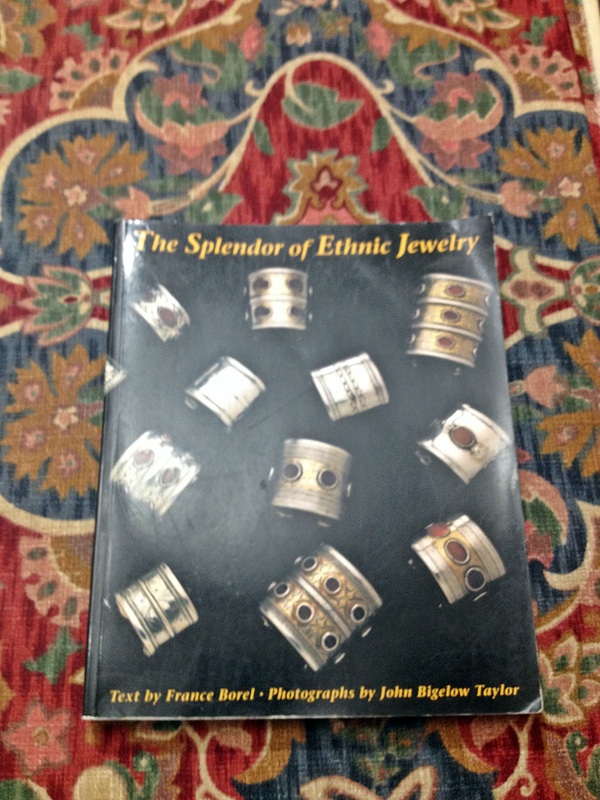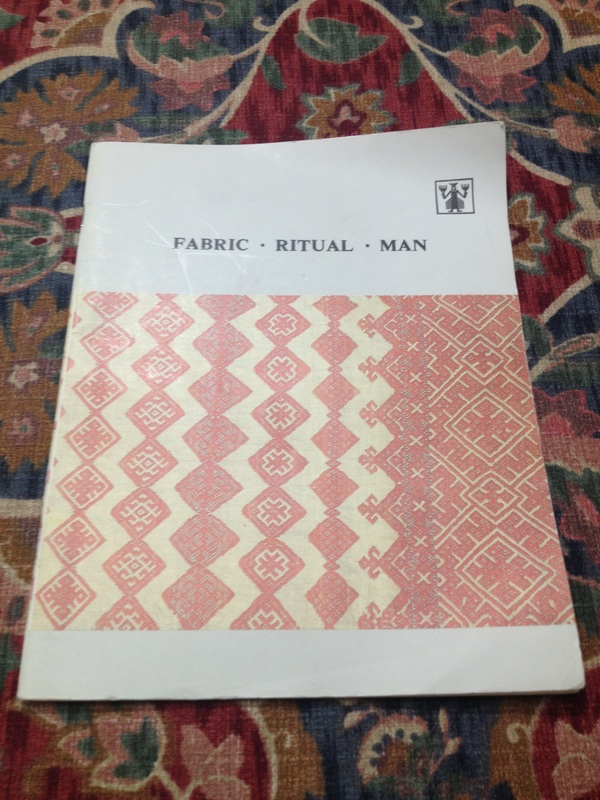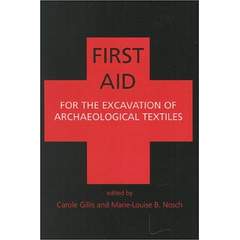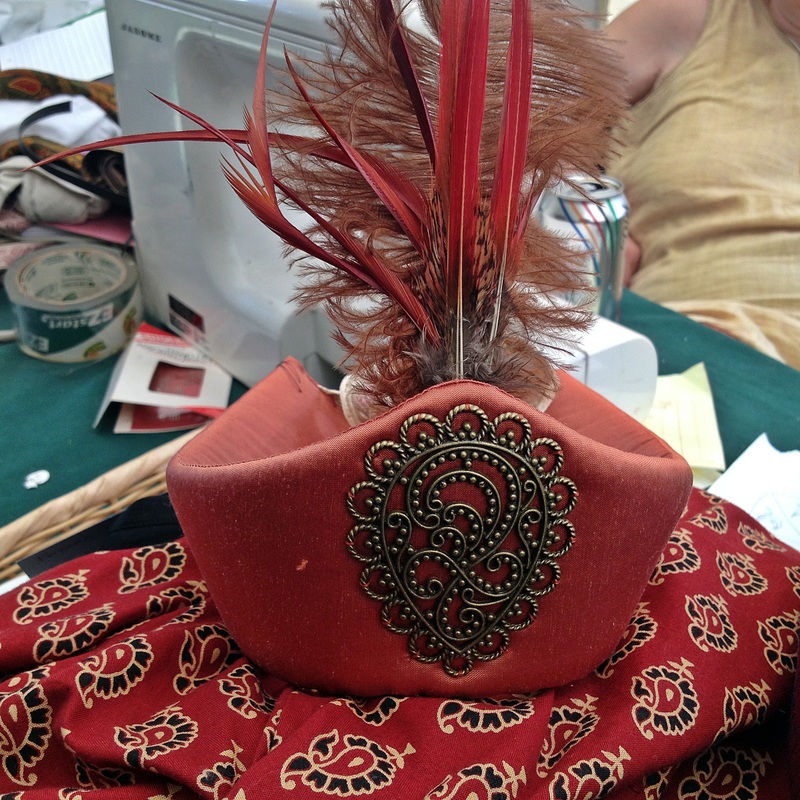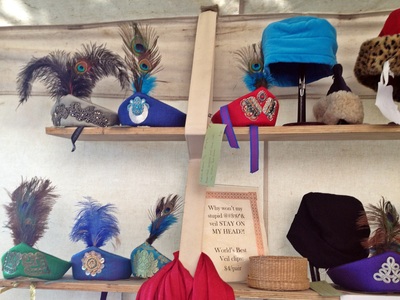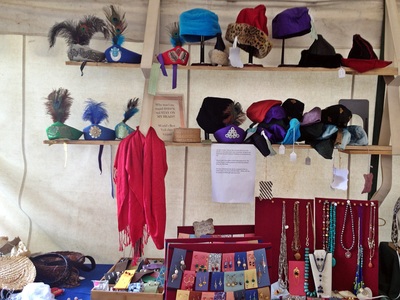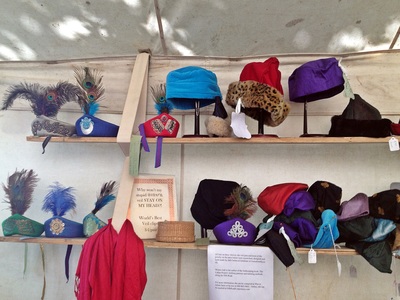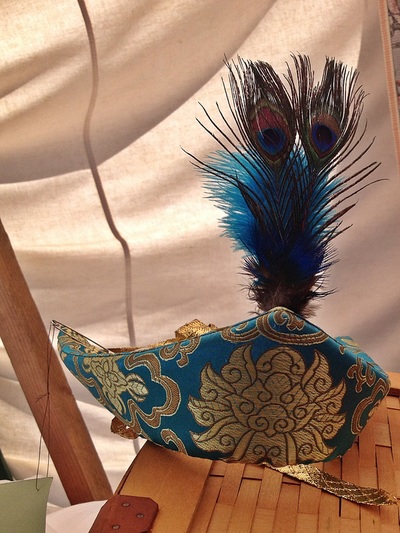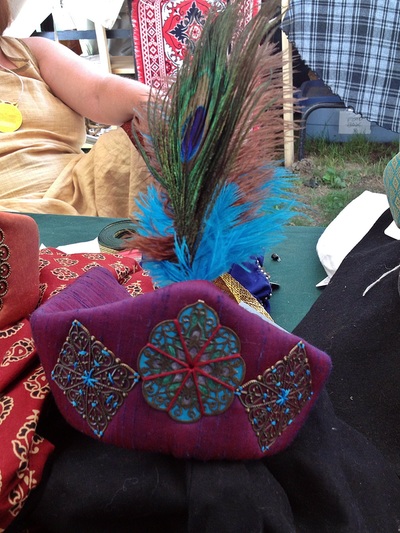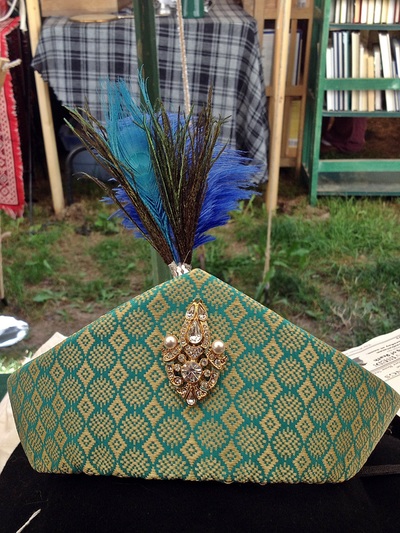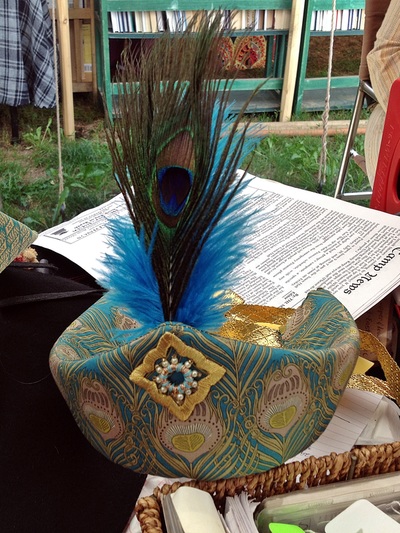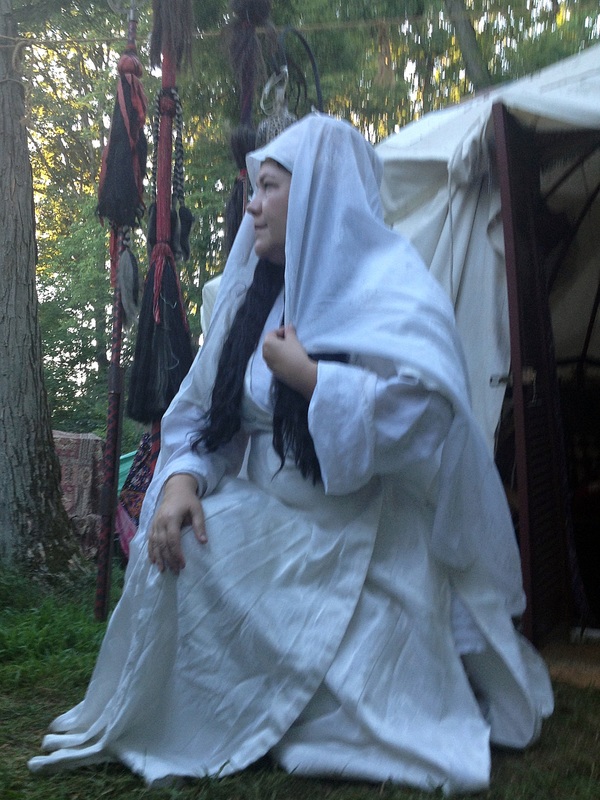I only bought 3 books at Pennsic. I showed restraint. But the 3 I got are making me really happy.
The Splendor of Ethnic Jewelry (acquired from Mid-East Magic 2016)
This book is a catalogue of a private collection. The couple collected jewelry from around the world beginning in 1959 and they see themselves as keeping parts of these cultures alive in the face of globalization. Thankfully, they also acknowledge that once an object is removed from its culture of origin, its symbolic meaning is wholly or partially lost.
I own several books on the subject of ethnic jewelry and the quality of them is...spotty. In comparison, this book is impressive. The photography is beautiful, the quality of the items is clearly superior to many of the examples shown in other books. One of the strengths of this book is that items are labeled as specifically as possible. For most of the examples, the author lists the current country of origin, the ethnic group and then the specific tribe or social class and occasions on which they are worn.
About half of the 400+ examples are from Central Asia and in addition to Turkmen jewelry, there is a fantastic array of Uzbek, Indian and Himalayan jewelry as well as a few pieces from places like Siberia and southern Russia that I have never see before.
I also acquired:
Fabric, Ritual, Man: Weaving Traditions of the East Europe Slavs (acquired from Feed the Ravens 2016)
I'm just going to quote the summary in full:
Weaving Traditions of the East Europe Slavs (Russia, Ukraine, Byelorussia) are considered here on the level of ethnographic products of the 19th-20th centuries. The articles produced by this ancient technology occupied an important place within the ethnocultural space, where their existence was not only of utilitarian character. Studying their function in the ritual and mythological contexts gives us the opportunity to understand the process of entering the weaving phenomenon into the traditional world concept, where the technology by itself is a ritual process, a way of contact between man and the world.
This book was a joint project between a handweaving club in St. Petersburg and the (Russian) State Ethnography Museum and their stated purpose is to document cultures and technologies before they all disappear in the face of globalism.
The focus of the book is how each stage of textile production functioned as a ritual to move items from 'Nature' to 'Culture'. It's absolutely fascinating and its ideas are taken up by other researchers such as Elizabeth Wayland Barber in her new book, The Dancing Goddess and several lectures I attended at a conference a few years ago that were concerned with world-wide exorcism rituals.
Two things to keep in mind about this book: It was written in 1992, so it has a somewhat Soviet world-view. The second issue is that this was translated from the Russian. Normally this would not be a problem. But not only is the translator not a native English speaker, the material is conceptually complex, academic and abstract. It's difficult to discuss in any language. So it is definitely readable and understandable, but I had to take my time to make sure I understood what the author was getting at.
Next:
I'm still editing photos from the trip and organizing files for the caftan book. Next up: The Met, also known to some people (ok, maybe only me) as the Happiest Place on Earth.)
